
PUMPA - SMART LEARNING
எங்கள் ஆசிரியர்களுடன் 1-ஆன்-1 ஆலோசனை நேரத்தைப் பெறுங்கள். டாப்பர் ஆவதற்கு நாங்கள் பயிற்சி அளிப்போம்
Book Free DemoIn the previous topic, we had provided in-depth knowledge on the concepts of plant tissues. This subtopic will be dedicated to animal tissues, where we can explore the different types of animal tissues in great detail. Before going into depth, we have to know a few basic characteristic features of animal tissues, making you understand them further.
In animals,
- Living supportive tissues are abundantly occur when compared to dead tissues.
- Animals requires more energy for their survival.
- Meristematic and permanent tissues are absent. So the growth will be in uniform.
- The structural organisation of organs and organs system is complex than plants.
- Tissue organisation is intended for the high mobility of animals.
- Unlike plants, after reaching maturity, animals do not show growth.
- Animal tissues support for locomotion.
- Animal tissues are divided into four types, i.e. epithelial tissue, connective tissue, muscular tissue and nervous tissue.
In the previous chapter, we studied that the plant cells group together form plant tissues. But plant tissues are helpful in the conduction of food and water and not for any locomotion. But animals have to move for their needs, So their tissues are even more complicated than plant tissues.
A tissue is an assemblage of more than one type of specialised cells and their extracellular material from the same origin that carries out a specific function.
Simple Tissue:
The cells in a tissue that are the same in origin, form, structure and work together to carry out the specific function is called a simple tissue.
Example:
Parenchyma, collenchyma and sclerenchyma
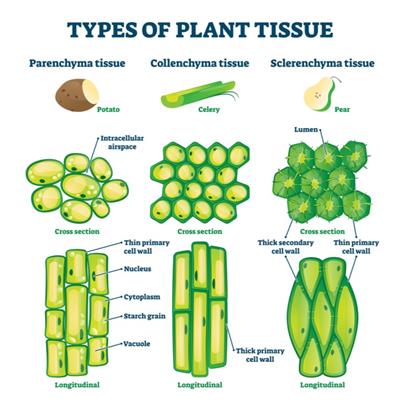
Types of plant tissues
Complex tissue:
The complex tissue contains more than one type of cells differ in their structure and function. But coordinate to carry out a specific function is called a compound tissue.
Eg., Xylem and phloem
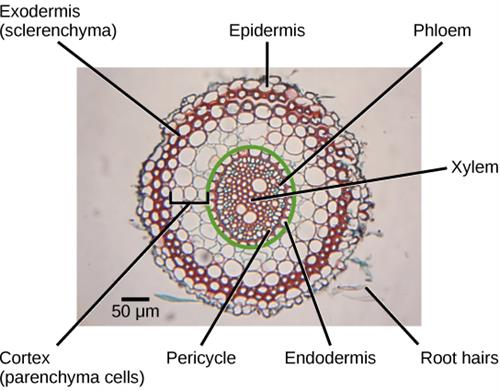
Structure of tissue
Do you know?
- The study of the structure and composition of the cell is known as cytology.
- Histology is the study of the microscopic components of cells and tissues of plants and animals.
- The term 'Histology' is acquired from the Greek, 'histos' refers tissue and 'logos' refers study.
- The word Histology was coined by Maher in \(1819\).
- The word 'tissue' was coined by Grew in \(1682\).
- Marie Francies Xavier Bichat was a Anatomist and Pathologist, he is considered as the Father of Histology. He differentiate around \(21\) types of tissues, from which the organs of the human body formed.
Animal tissues are doing very complex functions in their body, For example, The contraction and relaxation of muscle cells result in the movement.
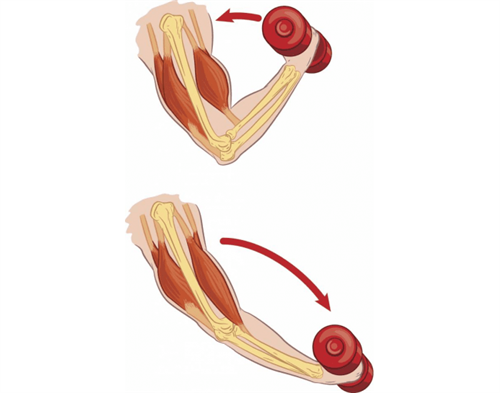
Contraction and relaxation of muscle
Skeletal muscles always work in pairs because they always pull in one direction. When one of the muscles in a pair contracts, the other relaxes. The bone moves in the same direction as the contracting muscle, and when it relaxes, the bone will not be back to its original location. For that, the other muscle has to contracts allow the bone to shift in the opposite direction, and it occurs simultaneously with the relaxation of the other muscle.
- Blood is a connective tissue that flows and carries different substances from one part of the body to the other.
- Blood transports oxygen and food to all cells, and also it collects waste materials from different parts of the body and passes them to the liver and kidney for disposal.
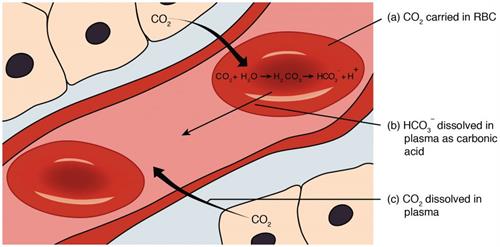
Transport of carbon dioxide in the blood
Based on their structure and functions they perform, animal tissues are classified into four basic types are as follows.
- Epithelial tissue
- Connective tissue
- Muscular tissue
- Nervous tissue
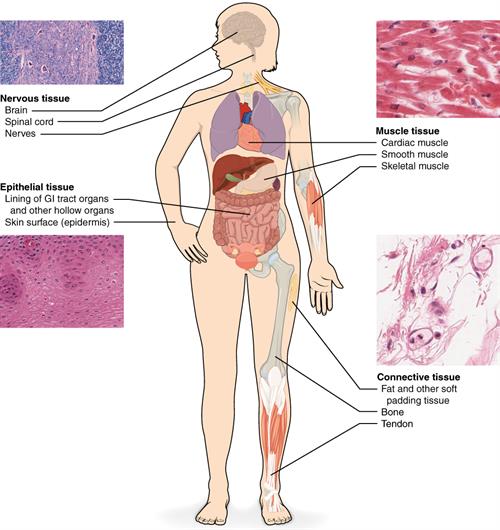
Different types of tissues present in the human body
In general, all the tissues are originated from the three germ layers in the embryonic stage, namely
- Ectoderm - It is the outermost germ layer
- Endoderm - It is found in between the ectoderm and endoderm
- Endoderm - It is the innermost layer
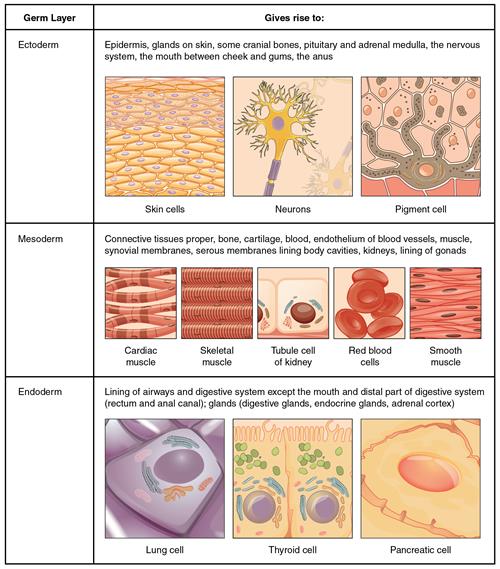
Types of germ layers
In this subtopic, we will be learning about
- Epithelial tissue and its types
- Connective tissue and its types
- Muscular tissue and its types
- Major parts of nervous tissue
Reference:
https://upload.wikimedia.org/wikipedia/commons/8/80/Figure_30_03_03f.jpg
https://teachmephysiology.com/respiratory-system/gas-exchange/transport-carbon-dioxide-blood/
https://commons.wikimedia.org/wiki/File:419_420_421_Table_04_01_updated.jpg
https://commons.wikimedia.org/wiki/File:401_Types_of_Tissue.jpg
https://commons.wikimedia.org/wiki/File:419_420_421_Table_04_01_updated.jpg
https://commons.wikimedia.org/wiki/File:401_Types_of_Tissue.jpg